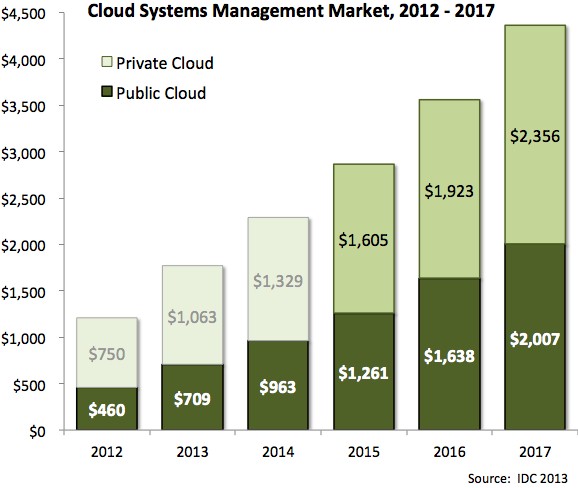Stackdriver Cloud Monitor Ready To Babysit Amazon Clouds

Stackdriver, a startup founded last year to bring a unified monitoring tool for the public clouds run by Amazon Web Services and Rackspace Hosting, has taken its service live after several months of beta testing with over 400 companies. Stackdriver has also announced a second infusion of venture capital to fuel its growth.
Stackdriver was founded in June 2012 by Izzy Azeri, formerly head of software acquisitions for EMC and a director of business development at VMware, and Dan Belcher, a VMware consultant who did a stint as a product manager at Microsoft peddling SaaS wares before that. The company, which is based in Boston, uncloaked from stealth mode back in May, which was when it had its code ready for public beta testing and also when it had lined up $5 million in Series A funding from Bain Capital Ventures.
In May, the company had 15 employees and has now grown to 23, and Belcher tells <i>EnterpriseTech</i> that it now has dozens of customers paying for its Intelligent Monitoring tool. As Intelligent Monitor moves into general availability, Flybridge Capital Partners has led a $10 million Series B round of funding that also includes contributions from Bain Capital Ventures. This money will fuel further development and sales.
Intelligent Monitoring not only watches the AWS and Rackspace public clouds, but it runs on the cloud as a SaaS product – in this case, it runs on AWS and makes use of the Elastic MapReduce Hadoop service. The company has designed an analytics engine that runs in the EMR service that pulls information out of EC2 compute and S3 object storage on the AWS cloud as well as on the Rackspace Cloud Servers and Rackspace Cloud Files services that are their equivalents. It can also monitor other AWS services, such as Elastic Block Storage, Relational Data Service, Elasticache, Dynamo, and Simple Queuing Service. Each one of these items counts as an individual resource that Intelligent Monitoring watches.
As you might expect, with AWS being the dominant public cloud out there, this is the one Stackdriver is really focusing on with Intelligent Monitor at the moment. As Google Compute Engine and Microsoft Windows Azure gain traction and Rackspace Cloud grows, Stackdriver will naturally expand and deepen its coverage for these clouds. And it stands to reason that it will also be asked to do monitoring for companies that have private clouds, possibly based on Windows System Center, VMware vCloud Director, OpenStack, or CloudStack.
For fine-grained resource monitoring, customers can install a system-level agent on the operating systems running on top of virtual machines to babysit those operating systems and their applications. This agent can also be installed on locally running systems if you want them to be monitored. The tool also has hooks to peer into MongoDB and Cassandra NoSQL data stores and Java applications, says Belcher.
The secret sauce to the Intelligent Monitoring tool, says Belcher, is the machine learning algorithms that watch the running compute and storage instances running in the cloud that determine what is an anomaly after seeing what is normal as they run.
Azeri and Belcher are chasing a pretty large opportunity, as the IDC data below shows, and they are trying to address issues faced by system administrators that have to manage capacity on multiple clouds and that are by and large cobbling together their own tools because they are dissatisfied with the level of sophistication of the management dashboards available from AWS and Rackspace.
"The rate of adoption has exceeded our expectations for sure," says Belcher. "And we are quite satisfied that there is a grassroots movement under way with DevOps people."
DevOps refers to the new class of systems administrators that span both application development and production system operations, because in a an increasingly cloudy and agile world, it is getting hard to tell the difference.
Between the beta test and production rollout, Stackdriver added a bunch of analytics to Intelligent Monitor, which it collectively calls Stack Scanner. These include a feature called anomaly detector, which as the name suggests looks for misbehaving resources, such as a virtual compute server that is not doing as much work as others on the cloud.
There is a freebie version of Intelligent Monitor, called Stackdriver Free, and it allows up to ten resources on AWS to be tracked at no charge. You just go to stackdriver.com to sign up and about two minutes later, you have hooked in your cloudy stuff to Intelligent Monitor. Stackdriver Pro costs $8 per month per resource, and a resource is a virtual machine, a storage bucket, or a service like those mentioned above.











